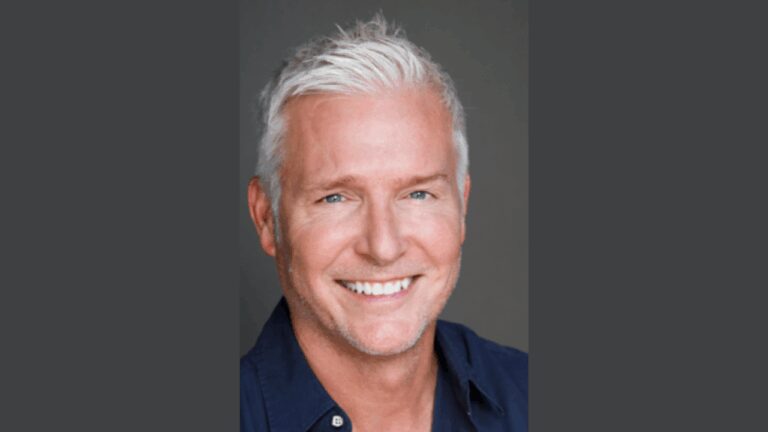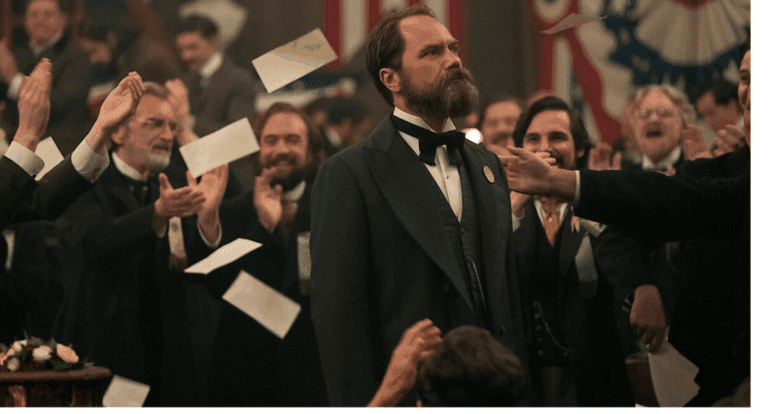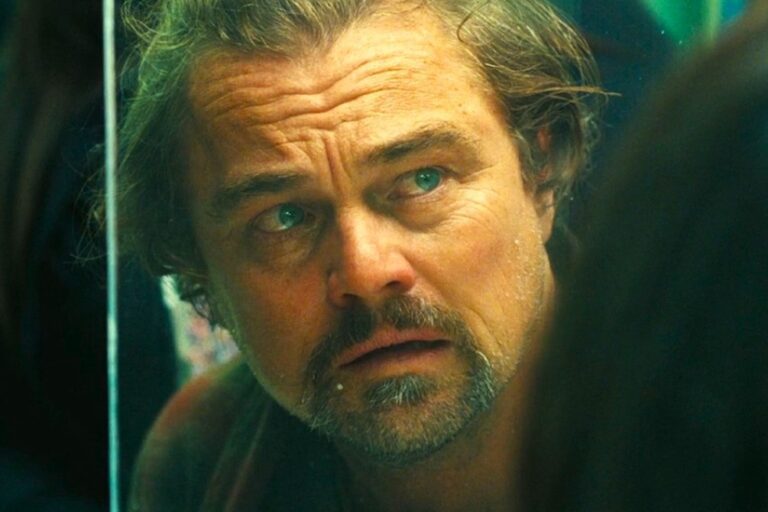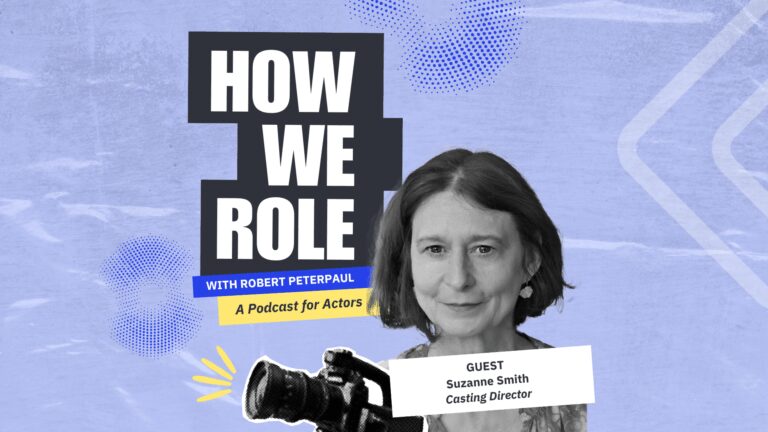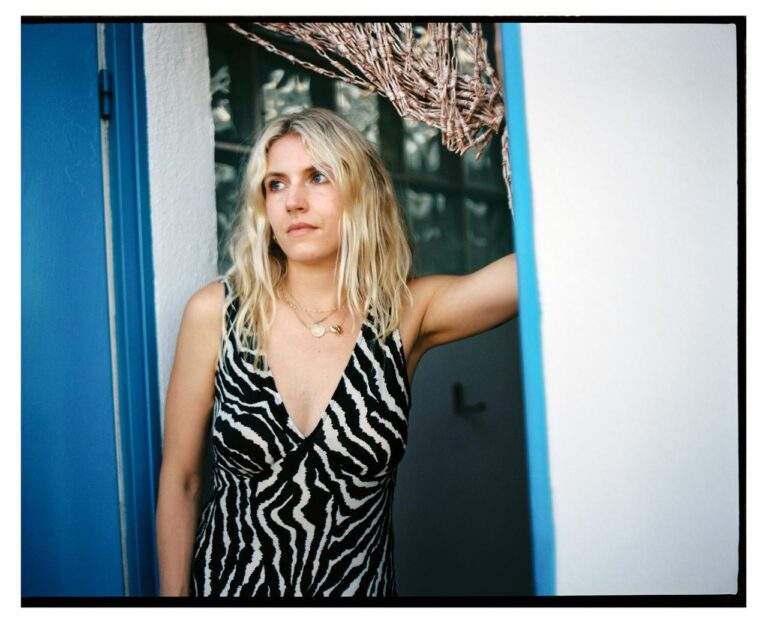Jason L. Wood has done it all, casting-wise. He cast movies big and small, lots of TV, indies, made-for-TV movies and short films, he’s won two Artios awards, been a casting executive at multiple stops, and has worked with some of the best casting directors who ever lived. More than three decades into a career that has seen him work on roughly 200 films, he’s fresh off a stint casting films for the Hallmark Channel, after 14 years at Lifetime.
Despite leaving Hallmark, he’s still behind several upcoming Christmas films, including Merry Christmas, Ted Cooper!, A Make or Break Holiday and The Christmas Baby. He’s also now back working in the indie world, after some monumental success there earlier in his career. He took some time out of his busy schedule to chat with us from Los Angeles.
Key Insights:
- Jason L. Wood’s career spans indie films, network TV, and hundreds of Lifetime and Hallmark movies, revealing the breadth and adaptability of his casting expertise.
- His path was shaped by mentorship from industry icons and a commitment to balancing creativity, instinct, and storytelling in every project.
- Wood emphasizes that a casting director’s greatest role is creating the right environment for actors to shine—whether it leads to a breakout or builds steady craft.
How did you get into casting in the first place?
I did an internship in Atlanta a long, long time ago with a woman who, at the time, was a local agent for industrials and commercials and anything that might film there. I was able to work on Fried Green Tomatoes and My Cousin Vinny, a bunch of TV movies, and In the Heat of the Night filmed there. That was my beginning, and I met a lot of wonderful casting directors — David Rubin, Deb Zane, Pam Dixon, Hank McCann — so when I moved out to LA in 1993, I told Hank I was in town, and he hired me to work on Boys on the Side, which he was doing with Whoopi Goldberg and Drew Barrymore and Matthew McConaughey, his first movie. That’s where I met Niecy Nash. It was her first job too, and we became very good friends.
What was the path from getting to LA to now working on your own?
I went to work at Warner Brothers with Gilda Stratton, who cast a show called Room for Two, which [starred] Linda Lavin and Patricia Heaton, before Everybody Loves Raymond. On the Warner lot I met Marcia Ross, who became a mentor and who I’m still very close friends with, and then bounced around to different casting offices. I went to work at 20th Television for a bit with Randy Stone, then went to work for Bob Greenblatt and David Janollari at their studio when they just started. From there, I went to be head of casting at Mandalay [Entertainment], which was Peter Guber’s television company. That’s where we did Young Americans.
I cast Kate Bosworth, Michelle Monaghan, Kate Moennig, Ian Somerhalder, Charlie Hunnam — a lot of them in their first jobs. That was a fun experience, and then, like many people, I did the independent casting director route. I worked for Syfy and USA. I did the pilot of Monk, and as the independent casting director, you just piece together jobs from people you’ve worked with and are always looking for the next one.
What was it about casting that that spoke to you?
It was just a wonderful combination of art and literature and entertainment, and I knew I didn’t want to be in front of the camera at all, so it was just a way to be a part of storytelling. I knew I wasn’t a director and wasn’t a writer, so it was just a natural way of finding talent and helping them shine.
Having worked for so many people and at so many different jobs, how did that shape you as a casting director?
You take away a lot of good things from everybody you work with. I’m fortunate. No matter what people outside of the world think, I’ve found the people in entertainment to be some of the most supportive and kind and sharing people. Hank made me casting associate right off the bat.
Gilda Stratton exposed me to the world of half-hour television, which I’d never done before. Marcia Ross led Warner Brothers casting at the time. Victoria Thomas, who I’ve worked with before in an executive capacity, Junie Lowry-Johnson, producers, network executives, they all enjoyed what they did. That made it easy to find the fun.
You’ve cast shows like Young Americans, where you gave Charlie Hunnam his first American job. Do you feel a sense of propriety over all the actors to whom you’ve given their first major break, and then they’ve gone on to bigger things?
I would think for most casting directors, there’s an incredible sense of pride when you see people you’ve cast go on to much larger and bigger careers, but there can be equal amounts of frustration for people that you just madly believe in.
They just haven’t been a part of the right opportunity for them, because all you can do is really create the best circumstances for them to shine. You can’t do the work for them, but you can create the atmosphere so actors can come and do their best work, and then try to find the projects and the teams that will be the best fit for them.
You have done a huge amount of Lifetime and Hallmark movies. How did you break into that world?
It was somewhat accidental. I occasionally worked in features, not really the bigger budget studio features, and that takes up so much time. It’s beautiful and amazing work, and working in features has a big cache to it, but it can be very time consuming. I’ve done indie movies before, and some, like Quinceañera and Shelter, have gone on to win at the Sundance Film Festival. But even then you’re scraping it together. It’s [like] a school project.
With television, there was just such a pace of it that worked for my kind of ADHD mind. Especially episodic television. You’re constantly getting a new script, and there’s eight days to do it. For TV movies, I worked with Tammara Billik, who’s a close friend. We had partnered on several projects before, and then we were brought on as consultants at Lifetime.
I just love the pace. I moved in as an executive and was there for 14 years, doing 40 movies a year. You’re reading a lot of scripts, a lot of stories. You make them fast. It’s not HBO, but there’s an appetite for it, and there’s an audience there. You just got to constantly make a new movie and tell a new story, and it was the ability to cast on a very active basis.
There must be something enormously satisfying about that.
You’re reading three scripts a week, and sometimes you have air dates before you have a script. (Laughs) So you know you’re making it. You know it’s got to be on the air. Everybody’s aware there are seismic shifts in the business. There was a period of time where we did Bonnie & Clyde with Holly Hunter and William Hurt and Holliday Grainger and Emile Hirsch, and the Steel Magnolias remake with Queen Latifah and Alfre Woodard, and Flowers in the Attic with Ellen Burstyn and Kiernan Shipka and Heather Graham.
We had an incredible run of movies that really resonated, were nominated for awards, and they’re still doing a lot of great ones. I left Lifetime about a year and a half ago to go work at Hallmark, and was at Hallmark for a year, and I left there in September, but there is a pace of TV movies which is undeniably fun and frenetic and hectic, but so rewarding.
What piece of advice or wisdom would you give to an actor coming in to see you?
I read a lot of articles with interesting interviews with my casting director peers and friends and other casting directors, and everybody pretty much says the same thing: “Be yourself.” “We’re on your side.” I really struggle with, “How do I come up with something new on that question?”
The thing is, it’s a little different for me, because I was in the room with actors so much for the biggest part of my career, and then for many years as an executive, I just wasn’t anymore. So it’s interesting now — I’m helping somebody with a project, and it’s a question in my mind of how casting can continue to be a powerful advocate for actors when you’re not in the room. I think everybody’s asking those questions.
Key Takeaways:
- Success in casting comes from curiosity, collaboration, and maintaining joy in the process—even amid fast turnarounds and high-volume productions.
- Actors should remember that casting directors are allies dedicated to helping them deliver their best work.
- The evolving casting landscape demands both adaptability and a lasting love for discovery, as seen throughout Wood’s wide-ranging career.
You may also like:

